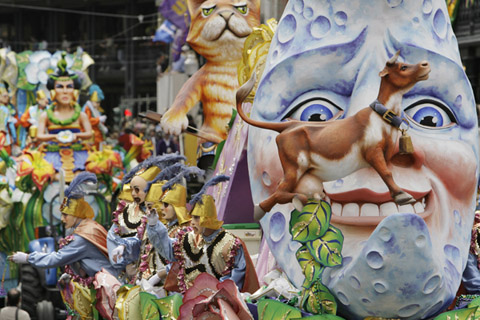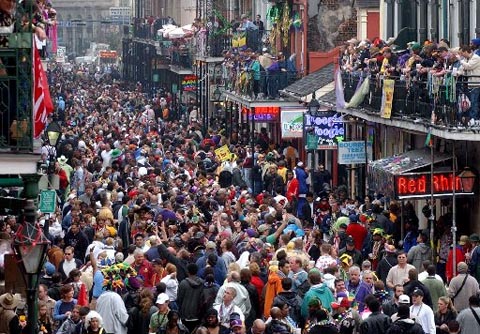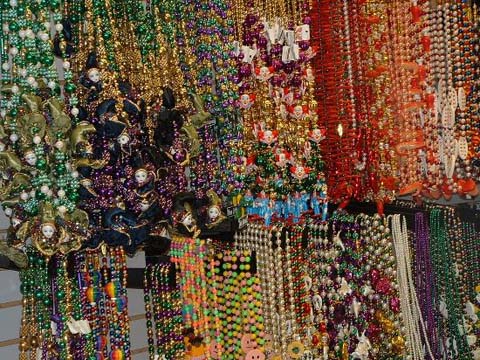Time To Party At Mardi Gras and Remember Its History


Without a doubt, Mardi Gras in New Orleans, Louisiana is by far …. America’s greatest party.
The origins of Mardi Gras can be traced back to Medieval Europe. Although there is no evidence of any written record of how that really transformed into the current Mardi Gras of today. The origins of the Mardi Gras we celebrate today, with Kings, Mardi Gras colors, and brass bands are traced to New Orleans, Louisiana.
One thing that was bothered many people is the unpredictable dates of the event. Mardi Gras can occur on any Tuesday from February 3 through March 9. The fluctuating date was initially established by the Catholic Church, which designed the Gregorian calendar with a fixed date for Christmas, but with moveable dates for other religious holidays.
Since Rex, the King of Carnival, selected them in 1872, the official colors of Mardi Gras have been purple, green and gold. The reasoning appears to be that purple represents justice, green stands for faith, and gold signifies power.
There’s not a generic theme for Mardi Gras, as each individual parade will depict a specific subject. The numerous parade floats then reflect the krewe’s theme for that year. Maskers are costumed in a manner that illustrates the overall parade theme and the individual float title.

Since 1857, the actual themes depicted by the nearly 2,000 Mardi Gras parades staged in New Orleans have ranged from the ridiculous to the sublime.
Most Mardi Gras Carnival parades will follow a standard parade format. Usually the captain appears at the head of the procession, either on a special float, in a convertible or on horseback. Next in line are the officers, the king or queen, and in some parades, the maids and dukes, followed by the title float and the floats that carry riding members.
For example, an 18-float procession of a 200-member krewe may feature more than 75 units. When you include band members, dance groups, posses, clown units and motorcycle squadrons, it is not uncommon for the total number of participants to surpass more than 3,000 people.
Records show that baubles have been tossed off floats since at least 1871. Historians say that a masker costumed as Santa Claus aboard float No. 24 in the Twelfth Night Revelers parade handed out gifts to the crowd.
The King of Carnival is chosen by the inner circle of the School of Design, the sponsoring organization for the Rex parade.
In 1873, the first parade floats were constructed entirely in New Orleans instead of France. Then in 1875, Governor Warmoth of Louisiana signed the “Mardi Gras Act” making it a legal holiday in Louisiana, which is still is to this day.
Most Mardi Gras Krewes today developed from private social clubs that have restrictive membership policies. Since all of these parade organizations are completely funded by its members, it’s often referred to as the “Greatest Free Show on Earth!”




